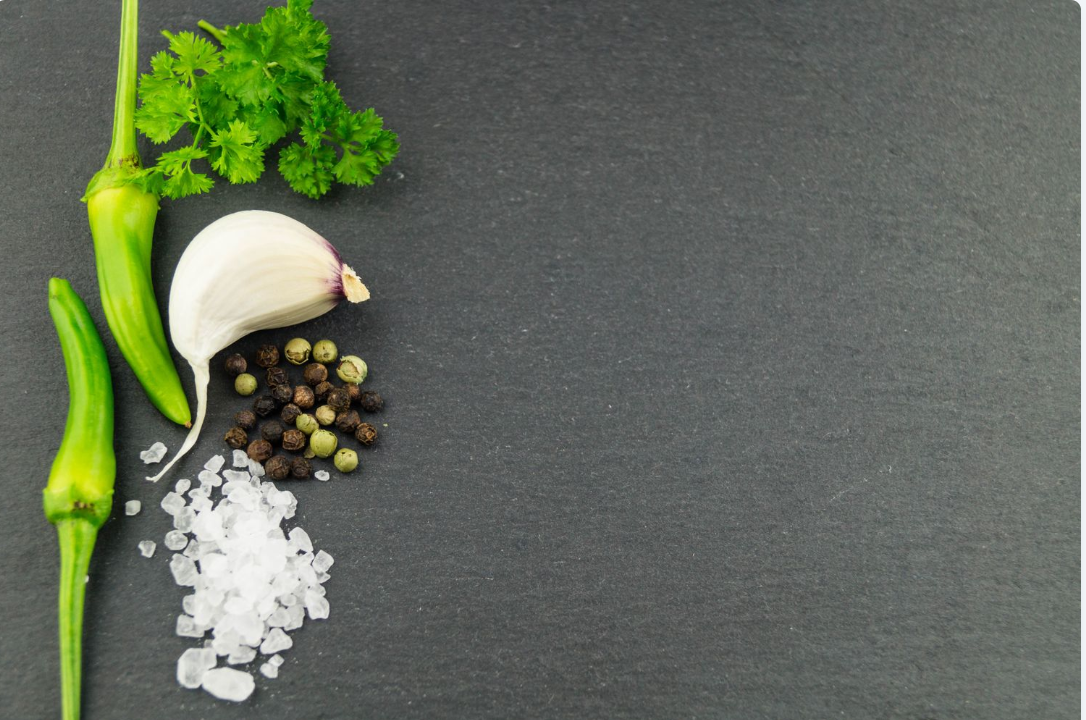The practice of good eating, or gastronomy, has developed over time. By infusing scientific ideas into their cooking, chefs today are pushing the limits of culinary innovation. These creative chefs are making one-of-a-kind and amazing foods that titillate the taste senses and the imagination by utilizing the power of science, physics, and biology. In this article, we’ll delve into the fascinating field of gastronomic science and examine how chefs are reshaping the food industry with the help of cutting-edge scientific methods.
Molecular gastronomy
Molecular gastronomy is at the forefront of the fusion of science and food. In order to change ingredients and produce unique culinary experiences, this discipline blends scientific methods with culinary arts. Chefs can alter textures, flavors, and presentations by using equipment like liquid nitrogen, sous-vide cooking, and spherification. These chefs can reconstruct and deconstruct traditional recipes using their knowledge of the chemical and physical qualities of food, creating dishes that are both aesthetically pleasing and appetizing.
Flavor extraction and enhancement
Chefs can now extract and enhance flavors in ways that were previously unthinkable thanks to science. Chefs can extract an ingredient’s most pure essence using methods like vacuum distillation. They can eliminate undesirable components and amplify the desired flavors by utilizing centrifuges and rotary evaporators. Chefs may produce concentrated extracts and essences using these scientific techniques that give their dishes complexity and depth while activating the taste receptors in novel and intriguing ways.
Culinary innovation through food chemistry
In the contemporary culinary world, food chemistry is extremely important. Chefs use chemical processes to change ingredients in amazing ways. For instance, the browning and emergence of complex flavors in seared meats and roasted vegetables are brought about by the Maillard process, which happens when heat reacts with amino acids and sugars. Chefs may alter flavors, textures, and aesthetics to produce dishes that are both aesthetically pleasing and delicious by being aware of these chemical processes.
Modifying textures
Science provides cooks with a variety of tools to modify texture, which is a vital element of the dining experience. For example, to make gels, foams, and emulsions that can alter the texture of a dish, hydrocolloids like agar-agar and xanthan gum are utilized. Additionally, chefs use methods like spherification, which encloses liquids in a thin membrane, to produce novel and unexpected tactile experiences. Chefs can produce dishes with an interesting interplay of textures by experimenting with these scientific tools.
Innovations in nutrition and sustainability
Beyond flavor and appearance, science is used in gastronomy. Chefs are now addressing critical concerns like nutrition and sustainability using scientific approaches. They are looking into alternative foods, minimizing food waste, and creating meals that are as nutrient-dense as possible without sacrificing flavor. Chefs that embrace science not only satisfy our palates but also help to promote a more environmentally friendly and ethical dining experience.
As a result of the confluence of science and gastronomy, the culinary industry has undergone a revolution that has allowed chefs to push the envelope of innovation and create unforgettable eating experiences. Chefs are producing dishes that are not only aesthetically appealing but also titillate our taste buds in novel and unexpected ways using molecular gastronomy, flavor extraction, food chemistry, texture manipulation, and sustainable advances. We can only fathom the fascinating culinary innovations that lie ahead as science continues to reveal the secrets of the culinary arts. For both chefs and food enthusiasts, the science of gastronomy has undoubtedly opened up a world of limitless possibilities.
